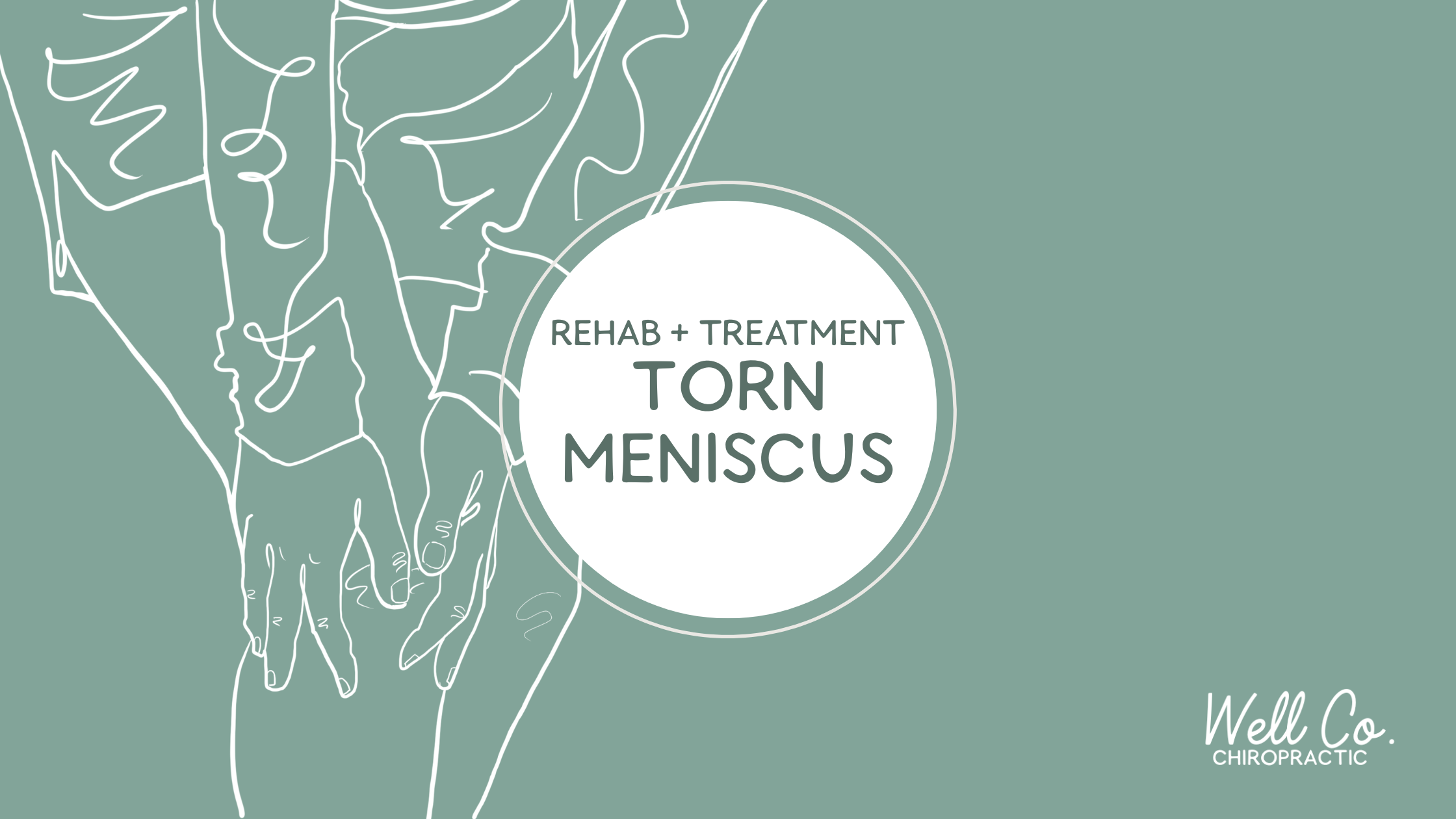I Tore My Meniscus and All I Got Was This Blog Post (and Some Swelling)
Yep, I tore my meniscus. Turns out, knees don’t love it when you slide for a ball on a clay tennis court, when the knee is already a little inflamed… yikes. Let’s talk about what the meniscus is, what happens when it’s torn, and what recovery really looks like.
Wait, What Even Is a Meniscus?
Your meniscus is a C-shaped shock absorber in your knee. You’ve got two of them: medial (inner) and lateral (outer). They are cartilage structures inside your knees between the femur (thigh bone) and tibia (shin bone).
These pieces of cartilage function as shock absorbers for the knee, cushioning our bones and knee joint. They help distribute load, absorb impact, and prevent your bones from having bone-on-bone contact.
How Do You Tear It?
For me? Well, being slightly too competitive but truly it was the final straw while playing tennis. Prior to this, I had some general joint pain right at the front of my knee, closer to the inside (medial) and some quad tendonitis.
Some common causes:
Pivoting or turning suddenly (sports or slippery socks)
Deep squats or lunges under heavy load
Wear and tear (aka: you’re not 18 anymore, cough…31 year old me)
Symptoms? Let Me Tell You…
Sharp pain along the joint line
Swelling (mine had some swelling the first few days around the inside of the knee)
Clicking, catching, or feeling like the knee’s “stuck”
A bit of instability “give way feeling”
Do You Always Need Surgery?
Not always. Most small or degenerative tears (aka: age + activity combo) can heal with:
Modified movements
Strength training
Time + patience (ugh)
Chiropractic (hello!) + Physical therapy (!!)
The outer part of the meniscus actually has a blood supply. So if your tear is out there, congrats, your healing odds just went up!
What I’m Doing to Heal
✅ Reducing load (no deep squats for a while)
✅ Swapping impact cardio for bike/swimming - which is hard for me
✅ Focusing on glutes, hips, and quad control - hip thrusts, RDLs, controlled step downs
✅ Getting soft tissue work, like active release, acupuncture, and using Normatec Compression daily (literally doing it as I write this post)
✅ Wearing a light compression knee sleeve when I need it
✅ Giving my injury 4-6 weeks of rehab and recovery FIRST before getting an MRI and going to an ortho.
Currently Rehab Routine
NOTE: this is my own rehab, please be mindful depending on the state of your injury.
🎾 Warm-Up (10 min)
5–7 min stationary bike (low resistance, steady pace)
Dynamic stretches:
Leg swings (front-to-back, side-to-side) x 10/leg
Bodyweight mini-squats x 10
Glute activation with mini band (lateral steps) x 10/side
🎾 Leg Circuit
2–3 rounds, rest 30–60 sec between exercises
What I’d Tell Any Patient (Including Myself)
Don’t skip your rehab - research supports meniscus recovery through PT being the same if not better than surgical interventions!
Strengthen the muscles that support your knee (especially glutes and quads).
Pain-free doesn’t mean “go full throttle again.” Be gentle with yourself.
Ice is okay. Compression helps. But movement heals.
So, What’s the Takeaway?
Your knee is not fragile, but it also doesn’t love surprises. It takes time to heal and to make sure that you have minimal LONG term issues.
Need help recovering from a meniscus injury or any knee pain?
Leany knee related injury? (without the drama). Book a session at with Dr. Sandy Well Co. Chiropractic and let’s talk knees, movement, and what your next step looks like… quite literally.
📍 Located in Sarasota, Florida| 🦵 Book Now
Tags: meniscus tear, knee rehab, chiropractor for knee pain, joint swelling, meniscus injury recovery, funny health blogs, personal injury stories, active lifestyle recovery



